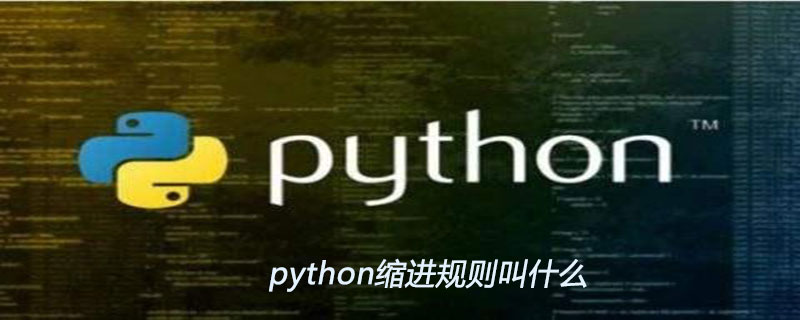

Indentation in Python determines the scope of the code. This is very different from traditional c/c (traditional c/c uses curly braces {} to determine the scope of the scope; python uses indented spaces to indicate the scope of the scope, and the same indented line of code are in the same range).
The number of spaces (whitespace) at the beginning of each line of code is used to calculate the indentation level (Indentation level) of the line of code. Note that a Tab will be replaced by 1 to 8 Spaces (specific number of spaces, Different compilers have different numbers), and an indentation level of 0 means no indented spaces.
It is not recommended to use spaces and tab indentation characters at the same time in a source file. When using other people's code, it is almost impossible to know whether others are using spaces or tabs. In this case, it is best to use unified indentation. , you can use Edit > Untabify Region in the IDEL editor to convert any tab character into a space.
Every statement in Python has an indentation level, and the indentation level will be stored using the stack data structure. Before starting to read the file, 0 (meaning indent level 0, no indentation) will be pushed onto the stack first. Then read each line of logical code in sequence from the beginning to the end of the file. The indentation level of each line of logical code will be compared with the value on the top of the stack. If they are equal, nothing will happen; if it is greater than the value on the top of the stack, then The indentation level of the line of logical code will be pushed onto the stack, and an indent token (INDENT TOKEN) will be generated; if it is smaller than the value on the top of the stack, then all the indentation levels in the stack that are greater than the indentation level of the line of logical code will be generated. The value is removed from the stack and an extension token (DEDENT TOKEN) is generated.
The following is a correct indentation case:
def perm(l):#0
# Compute the list of all permutations of l
if len(l) <= 1:# 1
return [l]# 2
r = []# 3
for i in range(len(l)):# 4
s = l[:i] + l[i+1:]# 5
p = perm(s)# 6
for x in p:# 7
r.append(l[i:i+1] + x)# 8
return r# 9The following is an incorrect indentation case
def perm(l): #1 error: first line indented
for i in range(len(l)): #2 error: not indented
s = l[:i] + l[i+1:]
p = perm(l[:i] + l[i+1:]) #3 error: unexpected indent
for x in p:
r.append(l[i:i+1] + x)#4
return r #5 error: inconsistent dedentThe above is the detailed content of What are the python indentation rules called?. For more information, please follow other related articles on the PHP Chinese website!